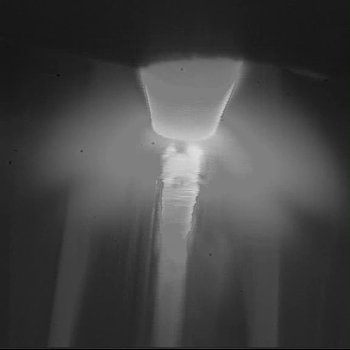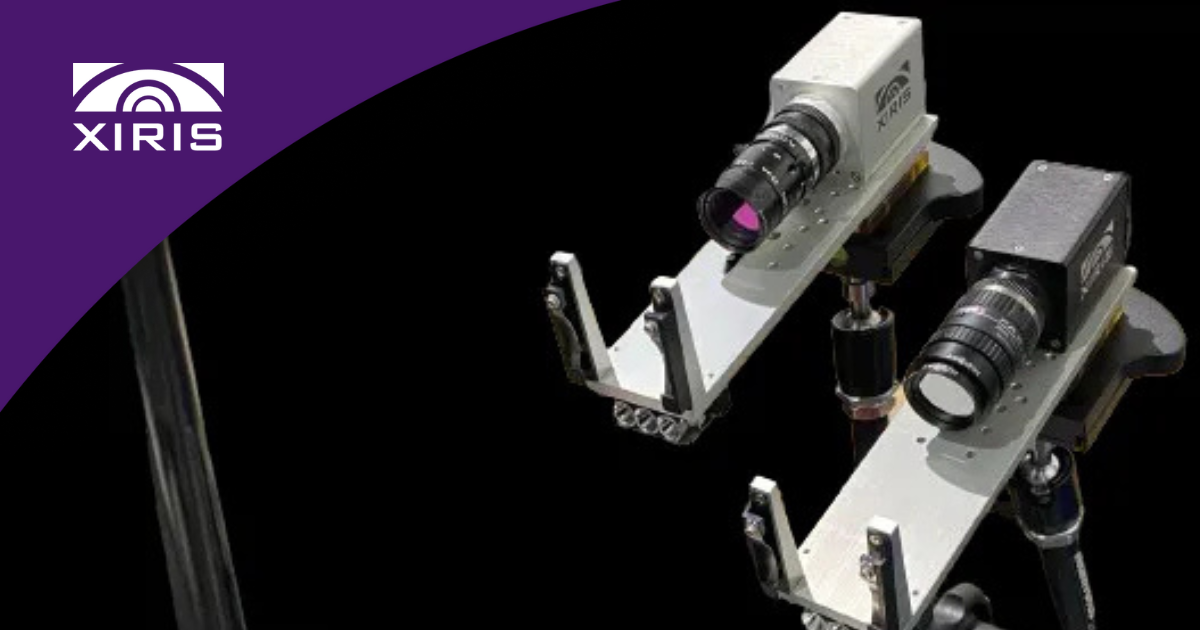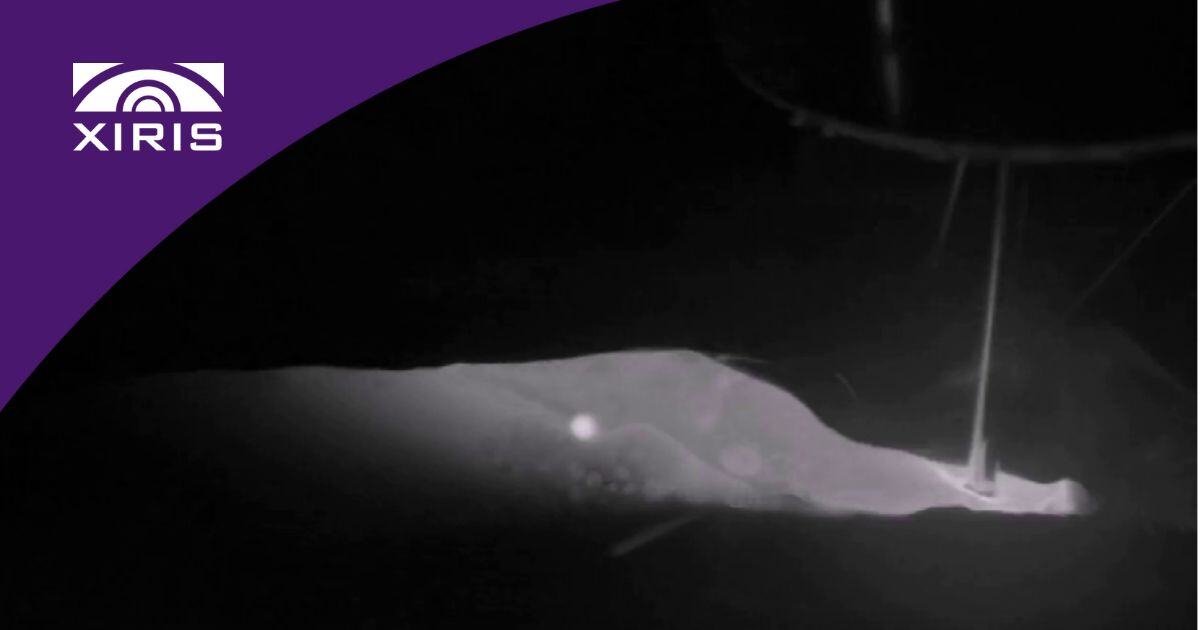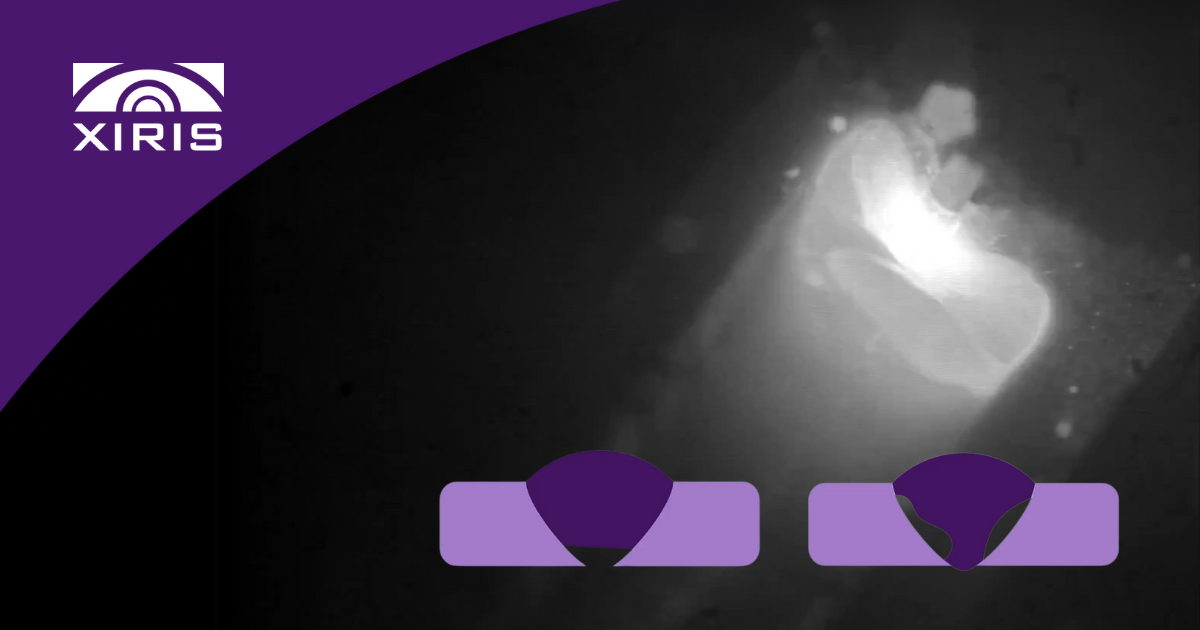A view of the weld tip and its immediate environment on a Tube or Pipe mill is important to ensure that:
- The weld tip is properly aligned with the tube seam it is welding.
- The weld pool is properly formed during the welding process.
- Various material inputs (e.g., welding wire or gas) are all being fed at ideal speeds.
But due to the extremely bright light emitted by an open weld arc (such as found in a TIG, Laser, or Plasma process), monitoring the welding process on a Tube or Pipe mill for control or tracking of specific parameters can be a difficult challenge.
To overcome the visual monitoring challenges created by having to image the high dynamic range between the very bright light source of the weld arc and the dark area of its immediate environment, a high dynamic range camera system is required.
Typically a weld tip might be as much as 10,000,000 times brighter (or greater than 140 dB Signal to Noise ratio) than the background metal area around it. Imaging this is a great challenge, as most cameras today are capable of only 60 dB (about 1,000:1 dynamic range of brightness).

Weld Camera Image of Weld on Copper Tube
A Special Case: Stainless Steel Tube Mills
Stainless Steel Tube mills typically use TIG Welding processes to form their tube or pipe. Progressive manufacturers monitor their TIG weld heads using Weld Cameras that are ideally equipped with High Dynamic Range imaging technology so as to simultaneously see all features of the TIG torch tip, its surrounding environment, and its position relative to the Tube weld seam. Once in place, operators are then able to monitor the alignment and quality of the weld process and make any adjustments as necessary “on the fly.”
For best success on a Stainless Steel Tube mill, the camera system’s optics should generate a small enough Field of View to provide high-resolution images of the weld pool detail as the TIG weld arc cuts the parent tube material and the material subsequently solidifies. With adequate resolution, operators are able to clearly see if porosity or other welding defects develop as the weld pool solidifies by being able to look for the appearance of bubbles in the molten weld pool.
Some Stainless Steel Tube fabricators use multiple (e.g., 2-3) TIG weld heads mounted in sequence along the weld bead to weld extra-thick tube and pipe material. In such a welding setup, a Weld Camera can be positioned so as to allow the operator to monitor the weld as it transitions from one TIG weld tip to the next one—identifying the stages of the melt, the condition of the melt pool, the keyhole, and the quality of the solidifying weldment through all the weld heads.
The Xiris Solution
Xiris Automation’s XVC-O Weld Camera can monitor any open arc welding process used on Tube and Pipe mills, including TIG, Plasma or Laser Welding processes. The XVC-O Camera combines revolutionary sensor technology with advanced electronics to provide a high-contrast, high dynamic range (> 140 dB) image, capable of seeing the brightest features of a welding torch while still being able to see the weld seam, weld pool, and surrounding darker background.
The result is a camera that offers fabricators the ability to see numerous features in their welding process with better clarity than ever before, providing many productivity, quality, and health and safety benefits to the fabricator.
The XVC-O features a camera module with integrated lighting, adjustable focus, and air or liquid cooling—all housed in a rugged IP54-rated enclosure able to withstand operating in harsh welding environments.
The images from the camera are displayed on an IP54-rated HMI console with rich software features that include image post-processing, image recording, and playback. The console can be located up to 40 meters (132 ft.) away from the weld head to allow for remote monitoring of the weld process. More than 100 hours of video can be recorded internally for later review in order to debug, troubleshoot, or audit a tube welding process.
Conclusion
The imaging challenges presented by Tube and Pipe mills (including Stainless Steel Tubes) necessitate the use of advanced camera system technology to get images with high-enough quality to be useful in remote monitoring of welding processes such as TIG, Laser, or Plasma.






